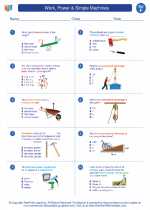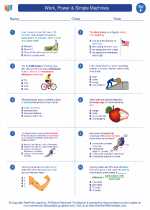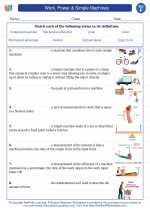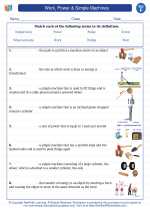Sedimentation
Sedimentation is the process of particles settling out of a liquid or gas and coming to rest on a surface. This process occurs naturally in bodies of water, as well as in industrial and environmental settings. Sedimentation is an important geological process that has a significant impact on the formation of sedimentary rocks and the shaping of landscapes.
Key Concepts
- Types of Sediment: Sediment can be composed of various materials, including sand, silt, and clay particles, as well as organic matter and chemical precipitates.
- Deposition: After sediment has settled, it undergoes deposition, forming layers over time. These layers can become compacted and cemented together to create sedimentary rocks.
- Factors Affecting Sedimentation: The rate of sedimentation can be influenced by factors such as particle size, density, and the velocity of the fluid in which the sediment is suspended.
- Environmental Impacts: Sedimentation can have both positive and negative environmental impacts. It can contribute to the formation of fertile soil, but excessive sedimentation in water bodies can harm aquatic ecosystems.
- Industrial Applications: Sedimentation is used in various industrial processes, such as wastewater treatment and the production of pharmaceuticals and food products.
Study Guide
When studying sedimentation, it's important to understand the underlying processes and their broader implications. Here are some key points to focus on:
- Define sedimentation and explain how it occurs in natural and industrial settings.
- Describe the different types of sediment and their characteristics.
- Discuss the role of sedimentation in the formation of sedimentary rocks.
- Explain the factors that influence the rate of sedimentation.
- Explore the environmental impacts of sedimentation and how it can be managed to mitigate negative effects.
- Investigate the various industrial applications of sedimentation and their significance.
By mastering these concepts, you'll develop a comprehensive understanding of sedimentation and its significance in geological, environmental, and industrial contexts.
[Sedimentation] Related Worksheets and Study Guides:
.◂Science Worksheets and Study Guides Sixth Grade. Work, Power & Simple Machines
Worksheet/Answer key Work, Power & Simple Machines
Work, Power & Simple Machines  Worksheet/Answer key
Worksheet/Answer key Work, Power & Simple Machines
Work, Power & Simple Machines  Worksheet/Answer key
Worksheet/Answer key Work, Power & Simple Machines
Work, Power & Simple Machines  Vocabulary/Answer key
Vocabulary/Answer key Work, Power & Simple Machines
Work, Power & Simple Machines  Vocabulary/Answer key
Vocabulary/Answer key Work, Power & Simple Machines
Work, Power & Simple Machines 

 Worksheet/Answer key
Worksheet/Answer key
 Worksheet/Answer key
Worksheet/Answer key
 Vocabulary/Answer key
Vocabulary/Answer key
 Vocabulary/Answer key
Vocabulary/Answer key

The resources above cover the following skills:
Reading Standards for Literacy in Science and Technical Subjects
Craft and Structure
Determine the meaning of symbols, key terms, and other domain-specific words and phrases as they are used in a specific scientific or technical context relevant to grades 6-8 texts and topics.